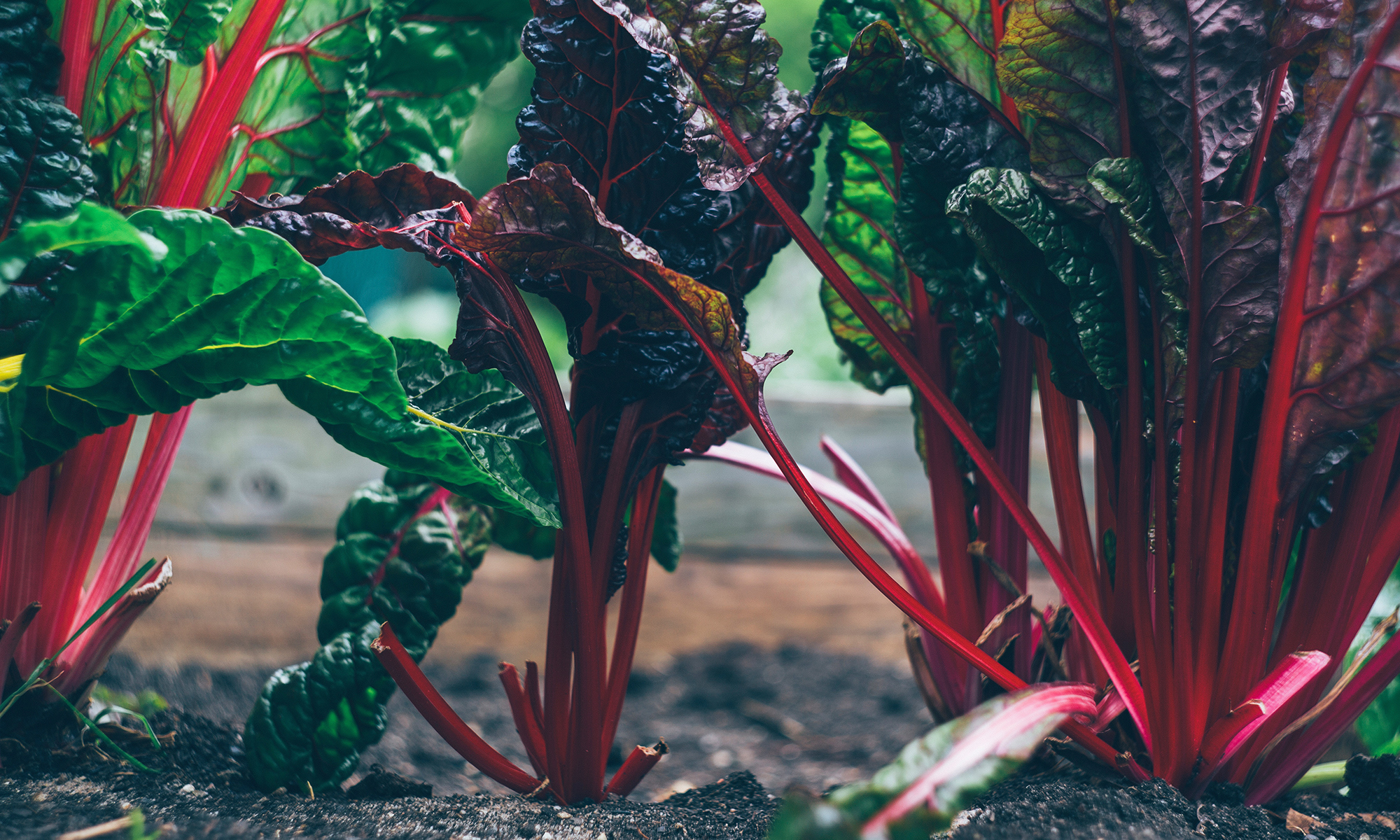I first discovered Korean BBQ when I was in culinary school in San Francisco. Some friends took me to Brother’s Café in the Richmond district. I was unfamiliar with the cuisine, so I let them order for me (and the table). A few minutes later, the kitchen staff brought out a rack of red hot embers of charcoal and placed them in the cavity of the table, they replaced the cover with an oiled grill. A few minutes later, a platter of marinated beef and chicken arrived. We grilled our own meat table-side, and wrapped it in lettuce with rice and miso paste. The table was filled with little salads of seaweed and kimchi. I didn’t realize how good I had it – no other Korean restaurant I’ve been to since had charcoal grills table-side, only gas.
The Korean palate has a lot of similarities with Chinese and Japanese cuisine, which is not surprising given its proximity to both countries… it has the sushi, soups and noodles similar to Japanese, with the spicy kick and preserved vegetables of Northern Chinese. It’s hard to say which way the influence went, did the Koreans influence Japan and China or vice versa. Most Americans are less familiar with Korean cuisine than Chinese or Japanese, and in our myopic view tend to think that Korea was influenced by their neighbors.
Korean BBQ is easy to prepare at home, and if you have a charcoal grill, it’s all the better.
The recipe I use comes from a book I picked up in Singapore 10 years ago, Homestyle Korean Cooking in Pictures, and was published back in 1981. It’s the best I’ve tasted. The unique aspect of this recipe is that it used ground, roasted sesame seeds.
Like the ground rice used in Larp of Chiang Mai, the ground sesame imparts flavor while helping the rest of the marinade cling to the meat. Sesame seeds can be ground in a coffee grinder. Just be sure to clean it thoroughly before and after.
Korean BBQ
I serve this with a cool cucumber salad.
2 lbs meat, either beef short ribs or chicken thighs
4 tbs. Soy sauce
2 tbs. Sugar
4 tbs. Minced scallion
1 ½ tbs. Ground sesame seeds
2 tsp. Garlic
1 tbs. chopped ginger
2 tbs. Sesame oil
pepper
2 tbs. sherry or Shaoix Shing Wine.
Marinate meat in remaining ingredients for at least 5 minutes before grilling. Prepare the grill. Grill for 5-10 minutes on all sides or until cooked through.

